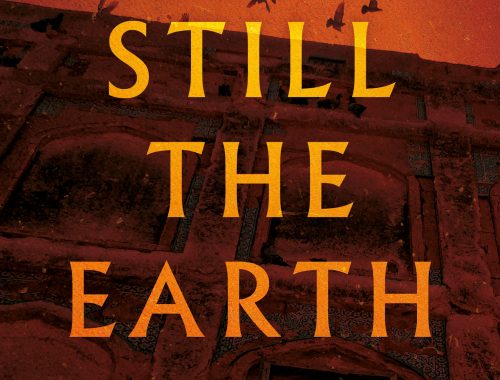The Space Between Us
Thrity Umrigar
Set in contemporary Bombay, ‘The Space Between Us’ tells the story of Sera Dubash, an upper-middle-class Parsi housewife and Bhima, the woman who works as a domestic servant in her home. Despite their class differences, the two women are bound by the bonds of gender and shared life experiences – both had marriages that started out with great romantic love and promise, but ended up as crushing disappointments. Ultimately, Sera Dubash faces a decision that will force her to choose between loyalty to gender and friendship or loyalty to her social position and class.
This story does a great job of tackling some of the issues in Indian society head on. There is no trying to tidy away the grim side of the poverty and inequality suffered by many and particularly by women in India.
The women in this story jump off the page and pull you into their world with all its tensions and difficulties. Bhima and Sera are so real and so intriguing in both their similarities and their differences. We find out about their histories through flashbacks, these show what has happened to bring the women where they are today. Both women have very difficult moments to look back on and horrible things that have happened to people in their families. However both of them have remarkable courage and resilience in the face of adversity.
This grimness maybe off putting to some, and there are some incredibly poignant moments in the story, but it does meant that we get a full picture of the relationships between friends, husbands and wives and mothers and children. The events of the story, such as dealing with the AIDS epidemic in India, makes it about real people and not just something happening in a country a long way away. The story also highlights the changes India is coming to terms with as the new generations move away from the values held by their parents and grandparents.
Thrity Umrigar also writes beautiful prose, she has the ability to create memorable and realistic pictures with her words. I particularly enjoyed the way she could incorporate Indian words and terms into her writing, and yet it remains so understandable and accessible.
Ultimately the relationship between these two women is put to the test. Sera has to decide whether her friendship with Bhima, who is so much lower than her, is more important than her status and wealth. The outcome may not surprise but I found it really interesting that the author actually leaves quite a few ends untied and in part the story stops rather than ends. This is not to say that Thrity doesn’t round it off, and the ending is cleverly done, but there is still plenty left to think about and decide for yourself.
Verdict: A brilliant depiction of life in a totally different culture to our own, and yet so many issues that are simply part of the human condition. A great read.
Reviewed by Helen
Publication Date: February 2007
Format: Paperback
Pages: 320
Genre: Family Sage, Indian Culture
Reviewer: Helen
Source: Borrowed
Challenge: None



